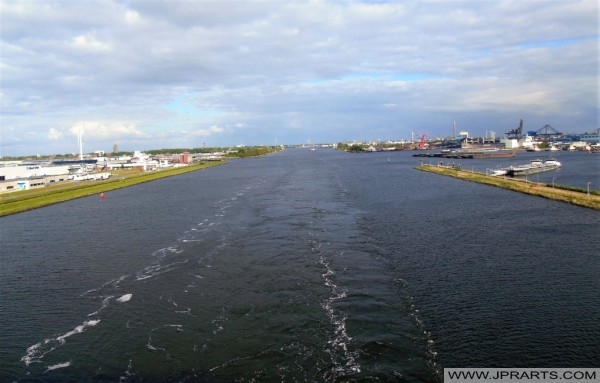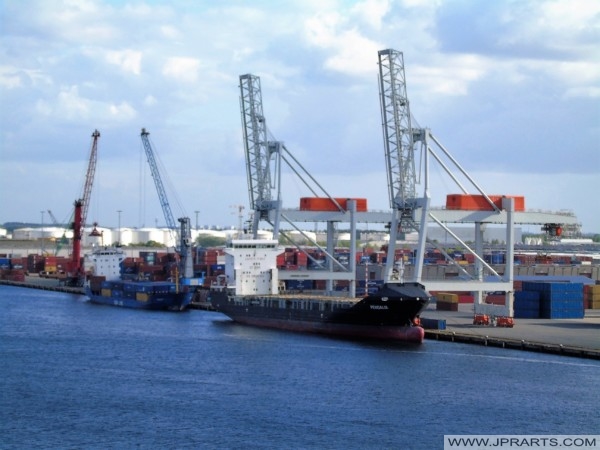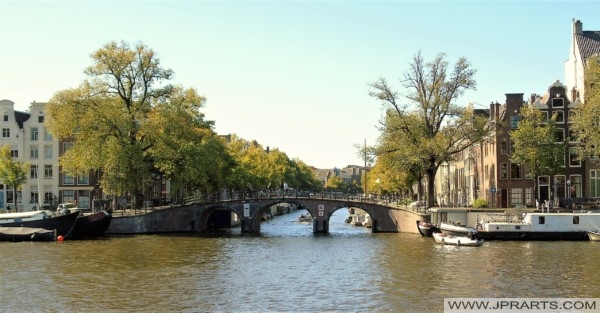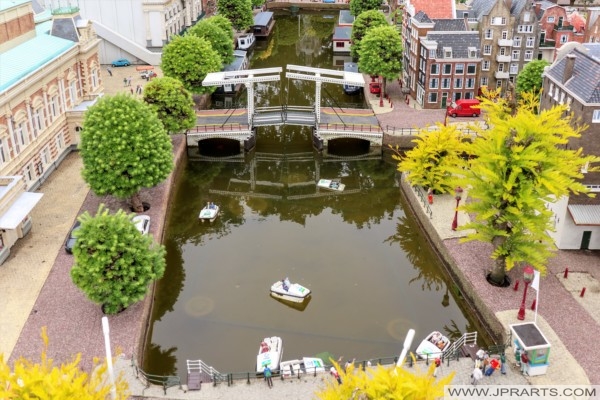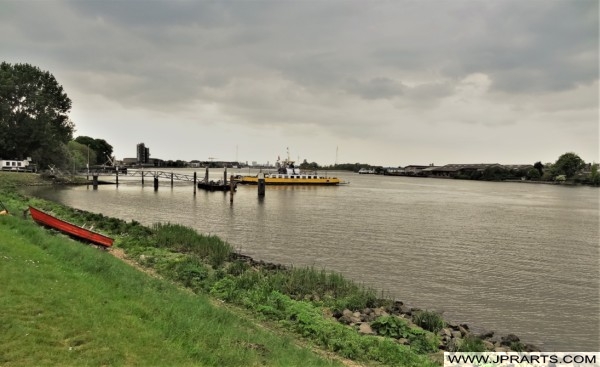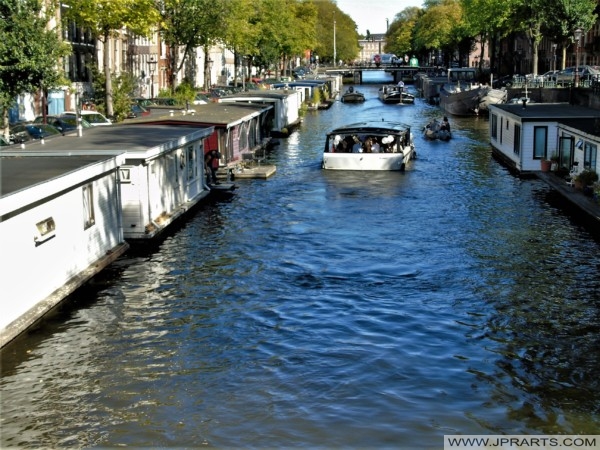The Amsterdam-Rhine Canal is a canal in the Netherlands, between Amsterdam and Tiel (from the IJ to the Waal). It connects the Amsterdam harbor with the Ruhr area (Germany) and is the busiest canal in the world. In 2020, approximately 100,000 ships will sail across the canal. The canal is 72 kilometers long, 100 to 120 meters wide and 6 to 9 meters deep.
Amsterdam–Rhine Canal (The Netherlands)
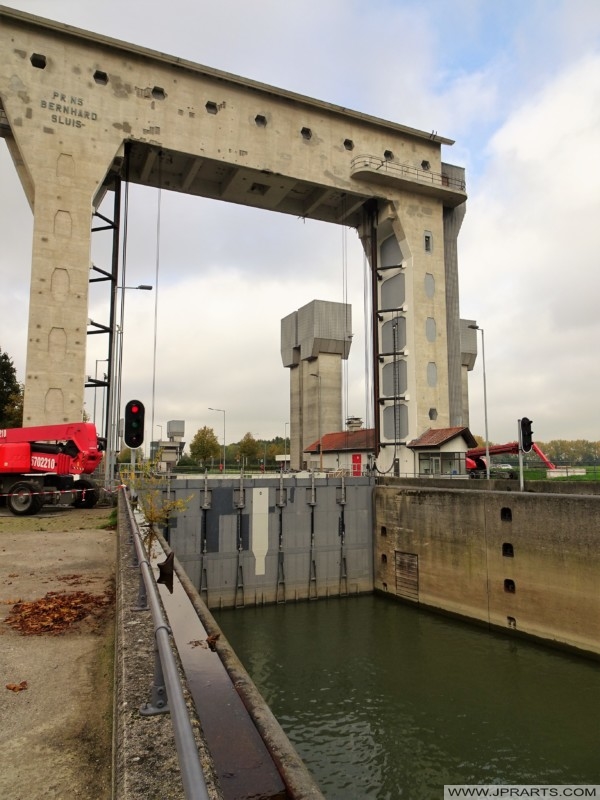
Canal Amsterdam – Rin (Los Países Bajos)
In 1931 it was enacted by law that the canal had to be built. However, the crisis and the Second World War delayed construction. The section between Utrecht and the Lek Canal was put into use on August 5, 1938. Only on May 21, 1952, the entire canal was opened by the Dutch Queen Juliana.
Only the southern half was newly dug; the northern part of the Amsterdam-Rhine Canal is formed by the older Merwede Canal (between Amsterdam and Utrecht). The southern half of the Merwede canal was replaced by a new canal between Utrecht, Wijk bij Duurstede and Tiel, whereby the Merwede canal itself was largely retained in its old state and under its old name. In addition, a side branch was dug between Jutphaas and Vreeswijk, the Lek Canal.
Amsterdam-Rhein-Kanal (Die Niederlande)
阿姆斯特丹-萊茵運河 (荷蘭人)
Canal d’Amsterdam-Rhin (Les Pays-Bas)
In the Betuwepand, between the Waal and the Lek, the water level is under normal circumstances the same as the Lek and this building functions as the river arm of the Lek. This building is therefore also the highest part of the canal. At a water level of 5.55 m + NAP, the gate at the Prinses Marijke locks is closed and the Betuwe building functions as a separate section in the canal. The canal descends from south to north, so it flows in the same direction. Water is let in at the Princess Irene locks at Wijk bij Duurstede and, via the Lek Canal, at the Princess Beatrix locks at Vreeswijk. This is done to keep the canal up to standard and also to flush it. At low water levels on the Rhine, both lifting gates of one lock chamber are opened (partially). At high water levels, the adjacent weir is pulled and the canal functions as an extra river arm.
امر قناة الريان (هولندا)
Amsterdam-Rijnkanaal (Nederland)
Амстердам-Рейн-канал (Нидерланды)
The IJ and the North Sea Canal are an extension of the Amsterdam-Rhine Canal. At IJmuiden, where unwanted salt water enters through the sea locks, discharge is carried out into the North Sea. At high water levels in the Rhine, drainage also takes place on the Markermeer. The IJ acts as a buffer when it is not possible to drain the North Sea at high tide. There are 37 bridges in 32 places across the canal, there are two tunnels under the canal and there is one ferry across the canal.
Canale Amsterdam-Reno (Paesi Bassi)
Kanał Amsterdam–Ren (Holandia)
Visit Netherlands Travel to Book Flights and Hotels Cheap Online
Click Here for More Stock Photos and Videos


